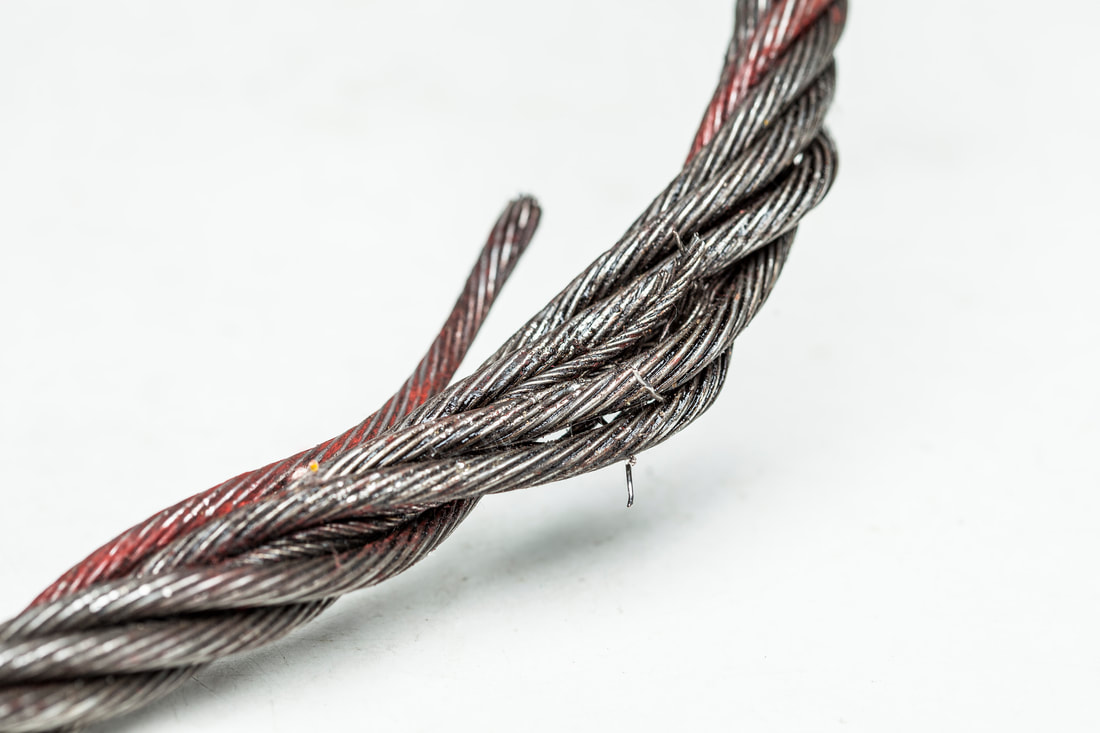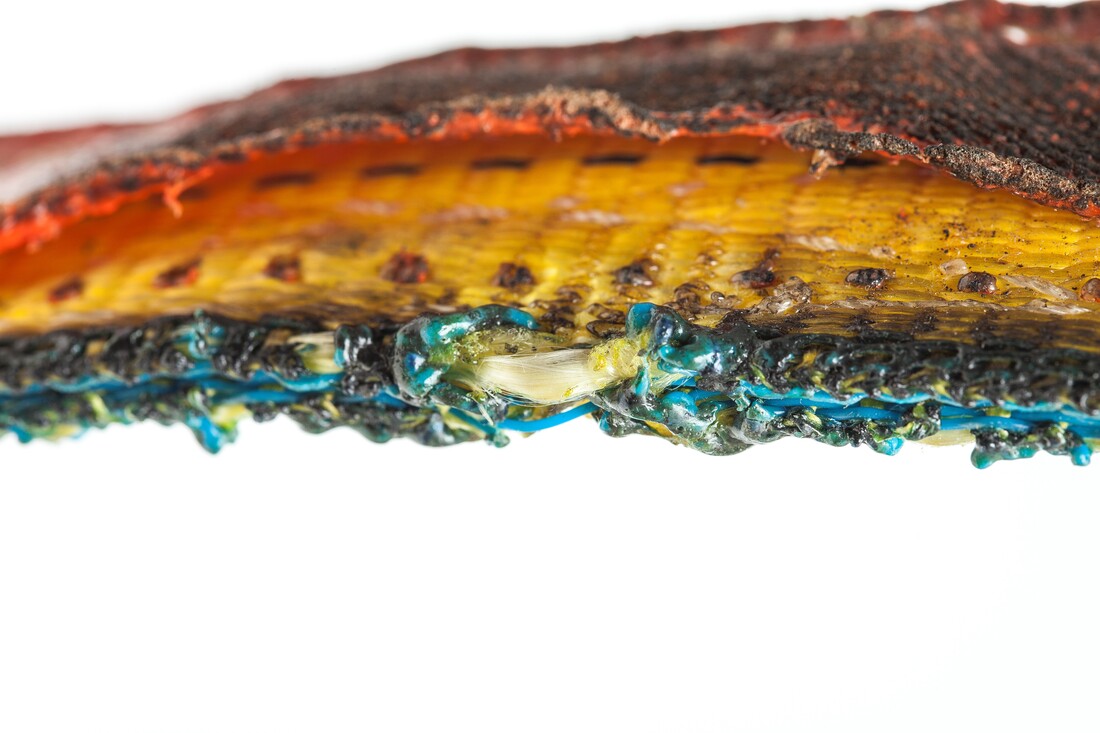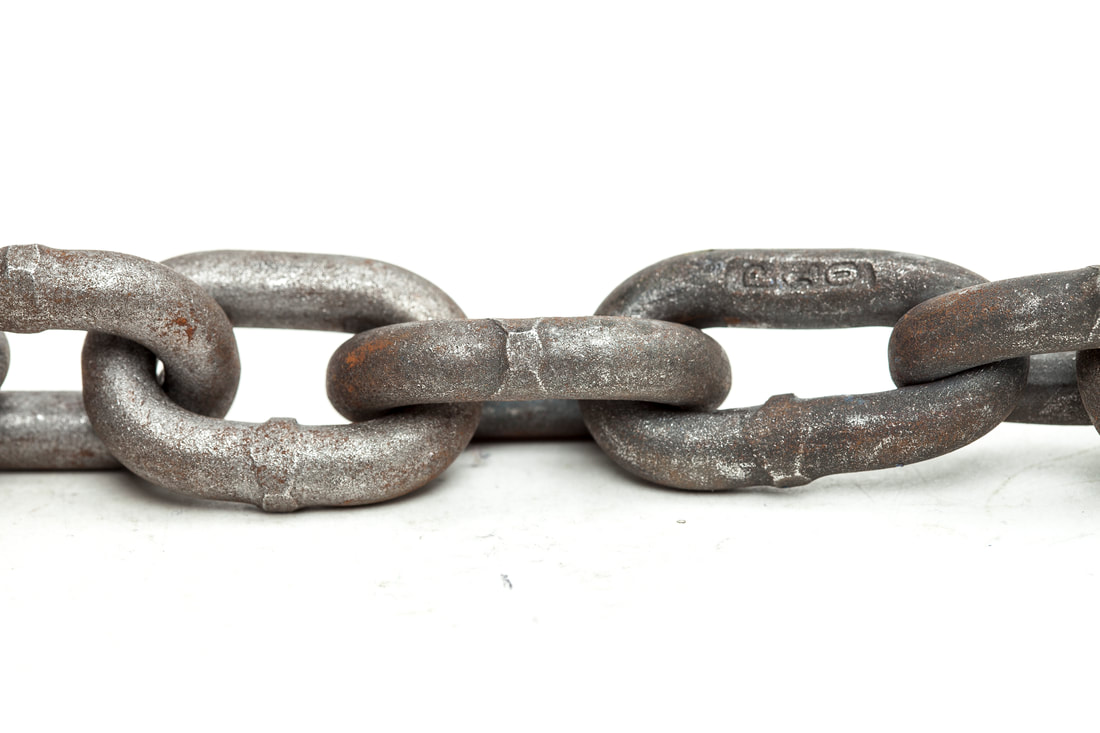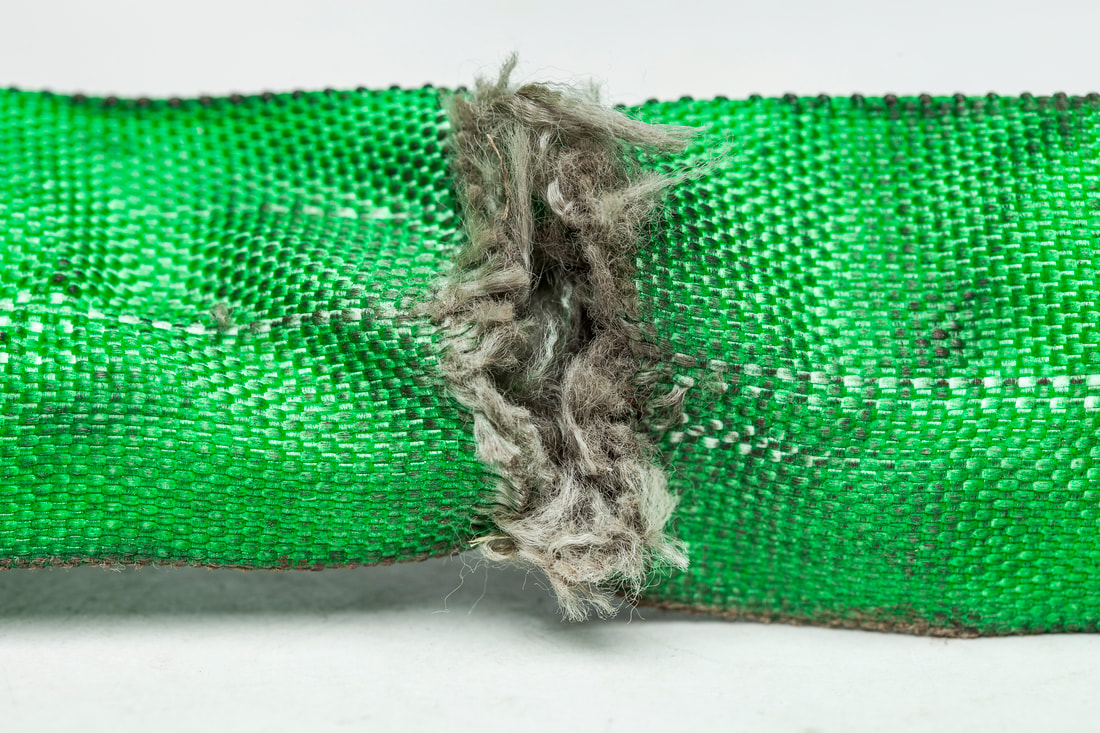How to handle sling inspections
October 25, 2021
By Jacob Dixon | Supplier Development Manager - Lifting & Rigging
By Jacob Dixon | Supplier Development Manager - Lifting & Rigging
|
Whether it’s a web, chain, round, or wire rope sling, it’s critical to have it inspected correctly by end users to ensure their safety. Follow this guide to know the best steps for inspection.
Types of slings Chain slings are made from alloy steel. They are durable, adjustable length, and more heat resistant than nylon and web slings. The downside is that they are heavy. Also not very useful for heavy lifting. Only alloy steel chain in grade 8, 10, or 12 can be used lifting. Web slings are typically made of a nylon or polyester material. Stretch percentage depends on the material with nylon having a 10% stretch compared to a 6% stretch for polyester. In some cases, less stretch is better. Polyester is typically less expensive. Web slings are light weight and easy to handle. Round slings are typically made of polyester material and are known for being the most worker friendly due to having a low rigging preparation time. Round slings are popular because they are light weight and easy to handle. Plus, they are somewhat repairable, since you can patch the jacket as long as the yarns inside are not damaged. Wire rope slings are a very durable, strong, abrasion resistant sling and can get to much higher capacities than chain slings; however, they are not as easy to handle as synthetic web slings and round slings. Wire rope slings can be placed in a vertical, choker, or basket hitch. NOTE: Never exceed the working load limit of any sling. We can help with inspections! Standard inspection requirements across all slings per ASME B30.9
Rejection criteria
Inspection standards for each sling type Wire rope slings - check for the following:
Example of a broken strand
Web slings - check for the following:
Example of heat damage
Chain slings - check for the following:
Example of stretched chain link
Round slings - check for the following:
Example of cut exposing core yarn
Sling Inspection is offered through Fastenal’s Industrial Services. Please contact inspections@fastenal.com about these services. Vertical Divider
|
Sling Inspection is offered through Fastenal’s Industrial Services. Please contact
inspections@fastenal.com about these services. Like what you're seeing here? Subscribe to the Blue Print for FREE and get the magazine sent right to your address.
|






